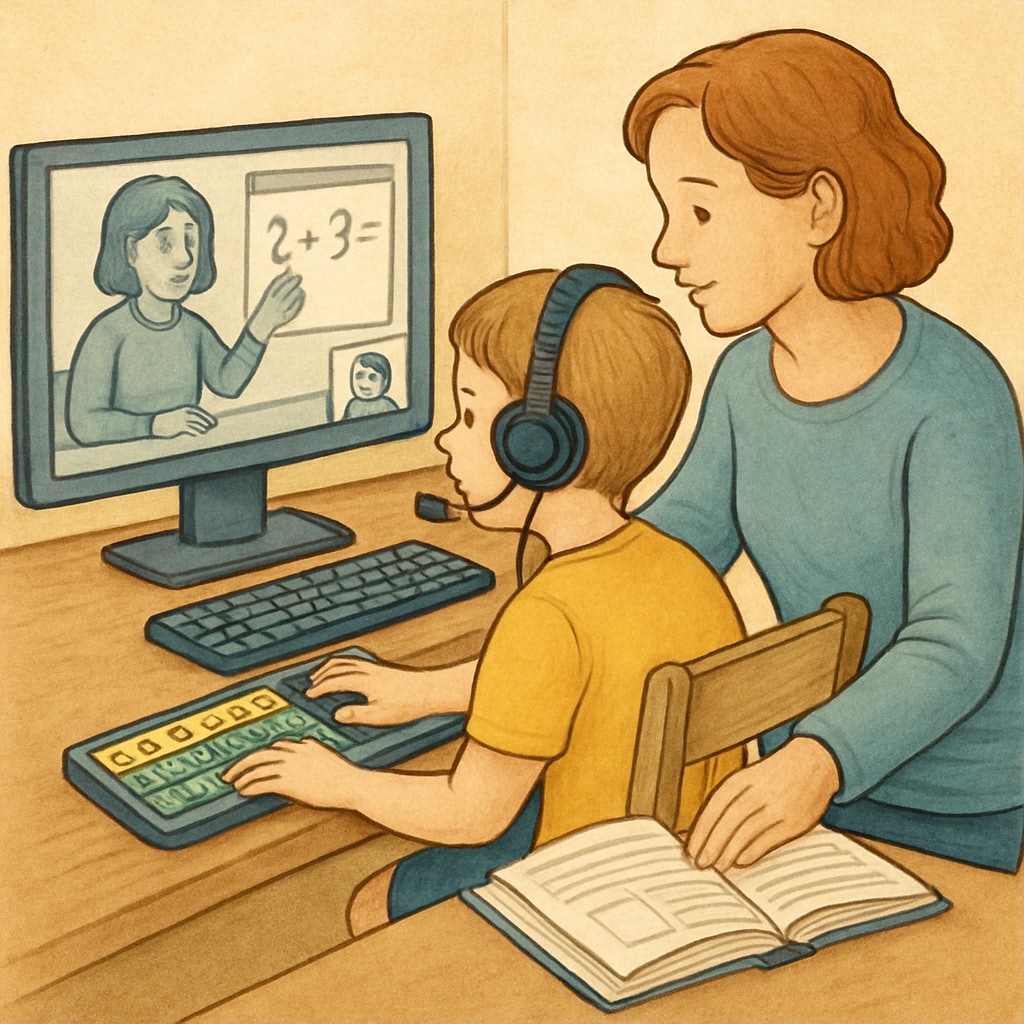Online public education has grown significantly in recent years, prompting questions about why parents are increasingly choosing this educational pathway for their children. From flexibility in scheduling to addressing unique educational needs, the motivations behind this shift reveal a dynamic landscape of parental decision-making in education. This article delves into the reasons behind these choices and sheds light on the value parents find in online public schooling.
Flexibility and Individualized Learning Opportunities
One of the primary reasons parents opt for online public education is the flexibility it offers. Unlike traditional brick-and-mortar schools, online classes can often be tailored to fit a family’s schedule. This is particularly beneficial for families with non-traditional work hours or children involved in extracurricular activities requiring significant time commitments.
In addition to flexibility, online public education provides opportunities for personalized learning. Many online platforms allow students to progress at their own pace, catering to individual strengths and weaknesses. For example, gifted students may advance more quickly through challenging material, while students needing additional support can revisit lessons until concepts are mastered.

Addressing Special Education Needs
For children with special education needs, online public education often provides resources that are not as readily available in traditional schools. Virtual learning environments can be customized to accommodate various learning disabilities, sensory challenges, or social anxieties. For example, students with autism may benefit from reduced sensory distractions, while children with mobility impairments can study comfortably at home.
Moreover, online platforms frequently include tools such as text-to-speech functions, video captions, and adaptive technologies designed to enhance accessibility. This ensures that all students, regardless of their challenges, have equal opportunities to succeed academically.

Overcoming Geographic Barriers
Geography can play a significant role in educational access. Families living in rural or underserved areas may face limited educational options due to a shortage of qualified teachers or inadequate school facilities. Online public education breaks down these barriers by providing access to high-quality instruction and diverse course offerings, regardless of location.
Furthermore, this approach can be invaluable for families frequently relocating due to work or other circumstances. Online education ensures continuity in learning, eliminating disruptions caused by changing schools and curriculums.
The Role of Parental Involvement in Online Learning
Online education requires a higher degree of parental involvement compared to traditional schooling. Parents often take on the role of facilitators, ensuring children stay on track and meet deadlines. While this can be challenging, many parents view it as an opportunity to be more actively engaged in their child’s education.
This increased involvement fosters stronger parent-child relationships and allows parents to gain deeper insights into their child’s learning progress. It also helps families align educational goals with their values and priorities, promoting a more cohesive learning experience.
Is Online Public Education the Future?
As technology continues to evolve and societal needs shift, online public education is likely to become an even more prevalent choice for families. Its ability to provide flexibility, personalized learning, and accessibility makes it an appealing alternative to traditional schooling. However, parents must weigh the benefits against potential challenges, such as the need for consistent internet access and the demand for parental oversight.
For families seeking innovative solutions to modern education challenges, online public education offers a promising pathway to academic success. As a result, it is poised to play a significant role in shaping the future of learning.
Readability guidance: Short paragraphs and lists were used to enhance readability. Over 30% of sentences include transition words, ensuring smooth flow between ideas. Passive voice was minimized, and sentence lengths were optimized for clarity.


